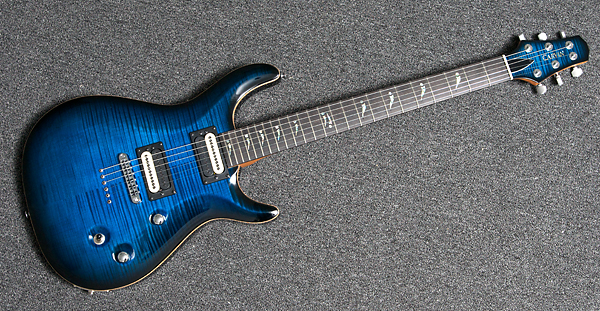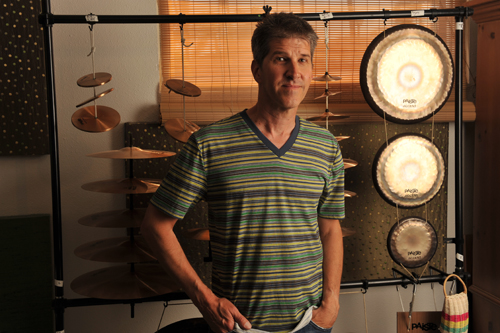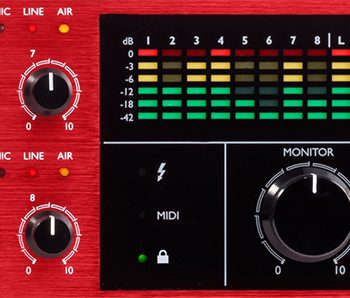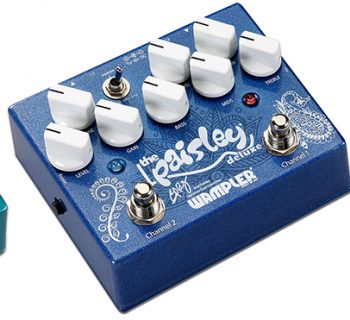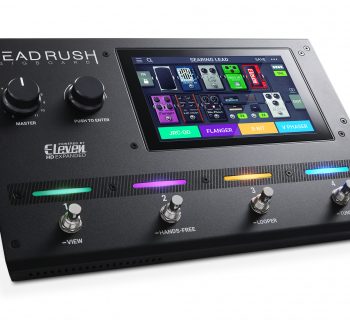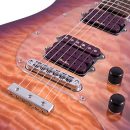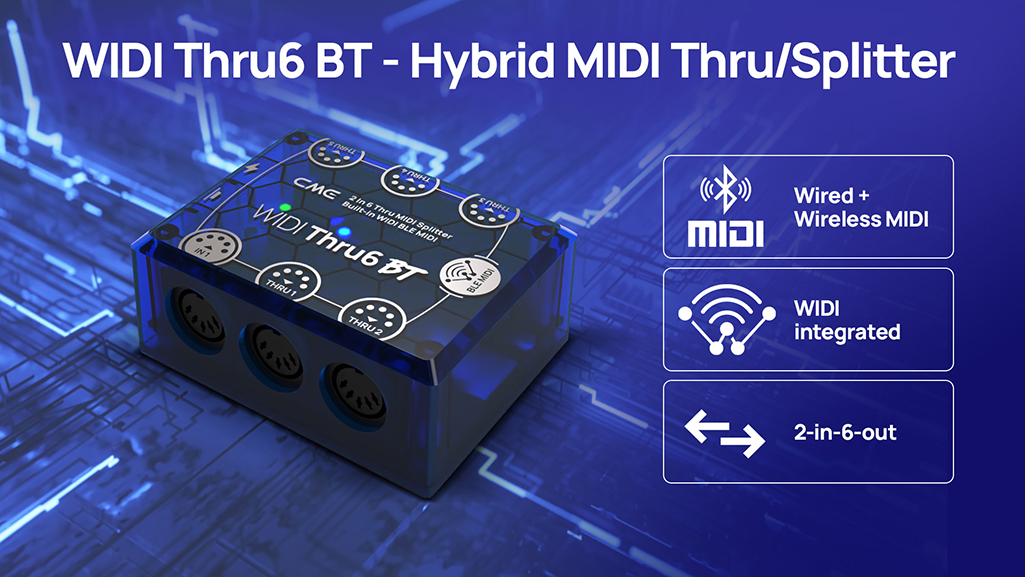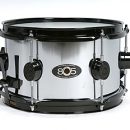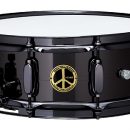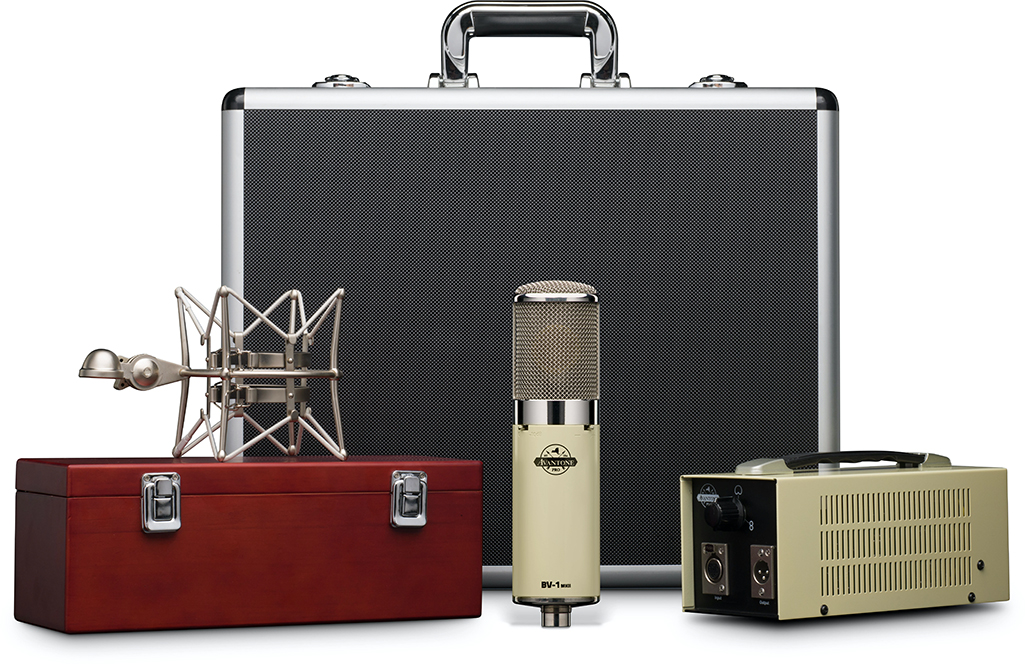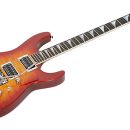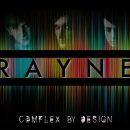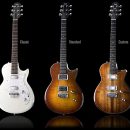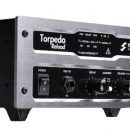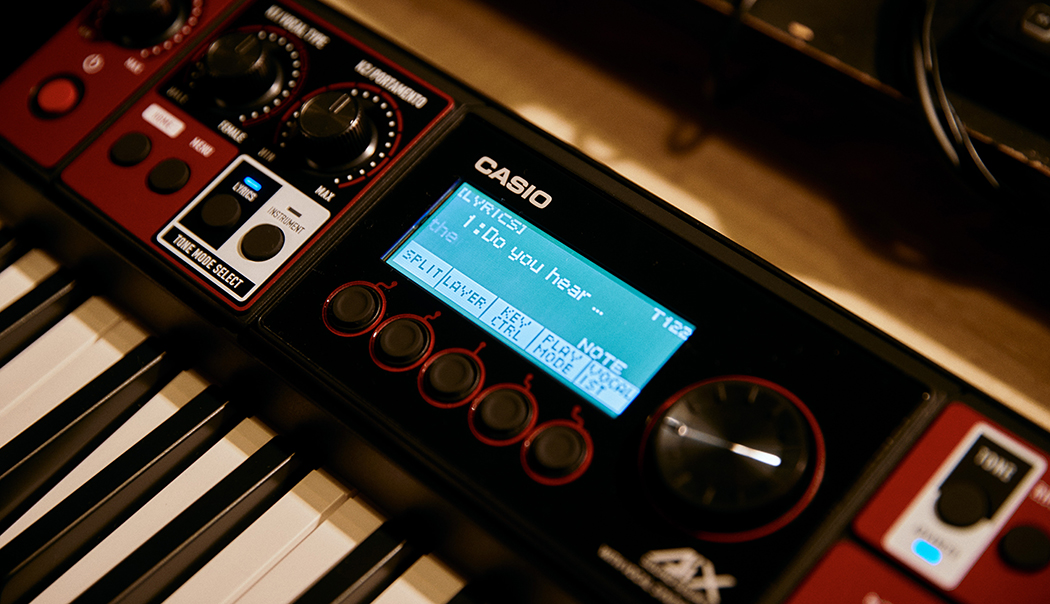The trend in amp design in recent years has been to go for something smaller and lighter. In the past, that meant sacrificing wattage for something more portable, but in the past couple of years, a lot of smaller, more compact amp designs are boasting more wattage so that they aren’t merely glorified miniature, kid, or overpriced practice amps.
| Category | Value | Rating |
| Features | 20% | |
| Usability | 25% | |
| Sound | 25% | |
| Documentation & Support | 10% | |
| Price | 20% | |
| OVERALL RATING =3.4 3.6 stars or better: Outstanding, WIHO Award 3 stars or better: Worth considering 2 stars or better: Suited to specific needs 1 star or less: Not recommended |
||
We’d put the Randall Diavlo RD50H and RD112 cabinet into the latter category of amps. Together, this is a rig that stands only 27” tall, 18.5” wide, and 12.5” deep. But at the same time, this is no practice rig, with the amp putting out a loud 50 Watts through a specially designed 112 cabinet (or your own larger cabinet, of course).
If you live in city like Manhattan, compact size is a big plus. With this rig, you can sling your guitar over your shoulders in a gig bag and pick up the head and cabinet with each hand. That makes getting into a taxi cab a breeze, and it gives you the opportunity to bring your own rig to the show as opposed to plugging into a backline that sounds nothing like your tone.
Randall has been at the forefront of modern guitar sounds in the last few years, with some big artists as endorsees including Kirk Hammett, George Lynch, Nuno Bettencourt, and Scott Ian, among others. In keeping with this legacy, the Diavlo amp packs some modern tube tones suited to a variety of rock and metal styles.
Features
The RD50H is a two-channel, master volume head that features a clean and simple layout. From left to right on the front panel, you have Gain and Volume controls for the dirty channel, a Gain control for the clean channel, and then a shared four-band EQ (Bass, Middle, Treble, Presence), and a global master Volume. There are two pushbuttons on the front panel, as well: a channel switching button that allows you to toggle between clean and dirty, and a boost button that affects both the clean and dirty channels. A standby and power switch round out the front-panel controls.
The back panel has a (shared) reverb control, two speaker outs, an effect Send and Return, ¼” jack for the optional footswitch, as well as a standard IEC power cable jack.

Let’s get to the good stuff on the inside. The Diavlo boasts two JJ EL34 power tubes as well as four 12AX7 preamp tubes. In addition, you can use 6L6, 6550, KT88, and 6V6 power tubes in lieu of the EL34 units with no re-biasing required!
The RD112 cabinet is closed-back and boasts a 12” Randall-designed speaker that was voiced specifically to work with this head. The cabinet also has some very convenient side handles that enable you to pick up the cabinet quite easily — much easier, in fact, than the more common single handle mounted atop most 112 cabinets.
The optional, two-button RF2T2C footswitch changes the amp channel and enables you to kick in the boost feature.
Usability
No matter how an amp is laid out, it has to be intuitive and functional. The Diavlo RD50H certainly succeeds in that regard, as you don’t need a manual to understand how the amp works. Simply plug in a speaker cable between head and cabinet, power cable, and an instrument cable from your guitar or pedalboard, and you’re ready to go.
Turning the amp on, we were greeted with the sound of a fan — a nice addition, as many tube amps tend to run very hot. The fan not only keeps the temperature well controlled, but also, in our opinion, keeps the tone more consistent because the temperature doesn’t continue to get increasingly hot as the amp is in operation.
The controls are very wide-ranging, but set in a very usable range. Even diming the gain on the dirty channel didn’t result in mush, but rather a still articulate — albeit very saturated, sound. The EQ controls allowed for a wide range of settings, but were very usable, without much in the way of muddiness or top-end screechiness.
The effects loop is a basic series design, where 100% of the signal passes through from the preamp to the effects, and then back to the power amp. This is fine for most effects, but we would have been jazzed if the amp had a parallel loop with a mix control, which gives the option of being completely in series (with the mix control set to 100% wet) or anywhere in between. The latter is useful so that you can preserve the punch of your dry tone a bit more, especially when working with some classic analog pedals or older rack gear.
The loop worked decently when testing a variety of pedals and rack units, meaning that it allowed us to use both reasonably well. However, we would have preferred to see a simple pushbutton allowing you to optimize the loop for one signal level or the other. By the same token, though, we can see how this would also push up the favorable price point.
In short, all the controls work exactly as you would expect, which makes it easy to just plug in and find your tone.
Sound
The Diavlo RD50H is built in China, but is decidedly Western in tone. And while talking about tone is always subjective, it’s hard to give it a rating that everyone will agree with. That said, though, the editorial team at MusicPlayers.com came away surprised and impressed: this tiny Randall sounds great!
We started on the clean channel, using a James Tyler Studio Elite with two Duncan Classic Strat Stack pickups in the neck and middle, and a James Tyler California Special humbucker in the bridge position. This guitar has an alder body, maple neck, and rosewood fingerboard, so we were working with a very familiar set of woods.
The clean channel was more than usable, and captured the glassy, slightly out-of-phase sound of the single-coils when run in positions 2 and 4 of the five-way switch. The EL34s wouldn’t be our first choice for Fender-style complexity, but the clean channel still managed to deliver that familiar, Strat glassiness that we all know and love. Punching up the gain and kicking in the boost gave us a more aggressive tone that was ideal for pushed blues, and worked well in straddling that zone where you can control the amount of drive with your pick attack.
The dirty channel will please fans of Randall’s larger amps. In a nutshell, if you want modern high-gain sounds, it’s there in spades. There was no shortage of thump or bottom end, no doubt due to the closed-back design of the cabinet, and you could easily dial in modern, mid-scooped sounds. George Lynch or Kirk Hammett would be right at home playing this amp in a small venue.
However, what we especially liked about the amp was the fact that it could also get some more traditional Marshall-esque tones with more midrange that would have been at home on, say, a Guns ‘N’ Roses CD. Too often amps that do the modern, mid-scooped kinds of tones are, quite frankly, lousy at more midrangey, traditional high-gain tones. The Randall isn’t guilty of that deficiency.
We found the boost here to be pretty musical and on the more subtle side. Unlike some boosts, which make you sound like you are playing a different amp, the boost here worked in a more subtle manner, just giving us a little bit more gain and volume.
Noise-wise, the Diavlo amp is pretty much on par with other amps with a similar gain structure. The Randall wasn’t overly noisy or hissy on high-gain settings, and it definitely has plenty of gain!
The only thing we might complain about is that this setup sounded a little more compressed and boxy than running the amp into a closed-back 412. However, for its diminutive size, Randall’s RD112 1x12 cabinet does a more-than-adequate job, and exhibits a lot of the thump and lower-mid punch of a bigger cabinet. Randall should be commended here.
Having said that, we couldn’t resist the idea of plugging this amp into a larger closed-back 412. Going into a Marshall slant 412 with Celestion Vintage 30’s gave us a noticeably bigger tone, with a wider bandwidth (more highs, lows, and mids). The interaction of the four 12” speakers also added some dimension and complexity to the sound. If you play at a club that has a decent 412 cabinet as a house backline, you could consider leaving the RD112 cabinet at home and then just bringing this head.
Volume-wise, there was definitely enough headroom to compete with a moderately loud drummer on a stage. However, the master volume works well delivering some nice tones at a lower volume, so the RD50H and RD112 cabinet could very easily be used as a practice rig, if you so desired.
Tone-wise, this amp covers a lot of bases in a compact package. It wouldn’t be our first choice for lower-gain or straight blues tones, nor for a gig where you need absolutely spot-on Fender-style clean tones, but for anything just a bit “gainier,” or any rock and metal tones, this amp is a worthy consideration.
Documentation and Product Support
The manual was thorough and well written, but as noted earlier, the amp is so intuitive that we didn’t need to refer to it.
Price
The Randall Diavlo RD50H (MSRP $781.23) has a street price near $500, while the RD112 cabinet (MSRP $312.48) has a street price close to $200. For that kind of money, you could have a rig that is not only portable, but delivers the tone and headroom of a much bigger amp. Imagine not having to transport a full-sized tube head and 412 closed-back cabinet and getting 80% of the way there with this rig. We could think of many worse things to spend our money on.
The optional two-button RF2T2C footswitch (MSRP $32.98) has a street price under $25. We think it’s an obvious oversight on Randall’s part for the pedal to not be included with the head. As a low-cost, compact two-channel tube amp, the Diavlo RD50H isn’t necessarily something most pro players will plan to incorporate into a larger rig with switching systems and MIDI foot controllers, so having a footswitch for the amp is essential. The pricing is great either way, though, so adding it to the purchase should be an obvious no-brainer.
Contact Information
Randall
www.randallamplifiers.com
| Evaluation Short-List |
|


